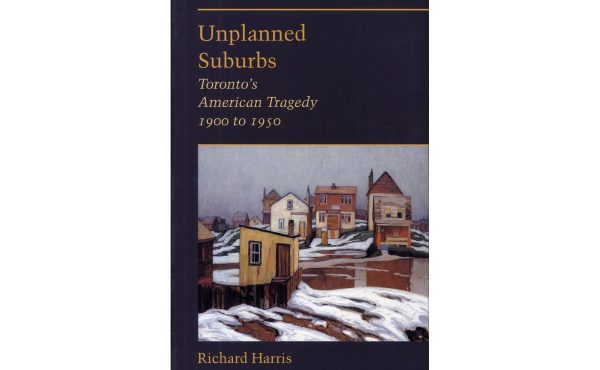
A colleague sent me a really useful web guide to the infrastructure elements in a pedestrian-friendly right-of-way (that is, the public part of a street from one property line to the other), created by the Seattle Department of Transportation.
You can scroll over the list of elements below the picture on the site and they will be highlighted in the picture itself. Click on them, and you’ll zoom in and then go to an easy-to-read summary of Seattle’s walking-friendly standards for that element.
I particularly liked the standards for sidewalk widths. They divide the sidewalk up into zones – a landscape/furniture zone, a pedestrian zone, and a frontage zone. What’s more, they provide a minimum width standard for each one. Toronto has played with this idea, but the provisions are still vague and don’t establish set standards. I particularly want to pick up the idea of a “frontage zone”, a narrow space between the building and the walking part of the sidewalk, where the owner or renter can place patios, merchandise displays, or other elements of their choice. This zone is used in Toronto where space allows, but I believe that, where sidewalks are narrow, new buildings should be required to be set back enough (a foot or two) on the ground level to create such a zone within the property line (since they are used by the property owners anyway). This frontage zone can make a big difference to the life of the street, but should not interfere with the space for walking.




3 comments
it may be great – for Portland – but in Toronto, if we do as the image suggests and keep on with the indented parking and bulb-outs at crossings, they don’t work too well for cyclists in wintertime. The city plows don’t do much to clear the parking so the road shrinks even more than a normal straight-ahead snowbank/curb.
Have you read about the “Shared Space” concept? It’s mentioned on the Walrus Magazine webpage this month as part of a traffic congestion discussion.
http://www.walrusmagazine.com/articles/2008.01.18-traffic-wars-rem-knew-it-all-too-well/
woah! this website is certainly the best organized online design guidelines i have come across.